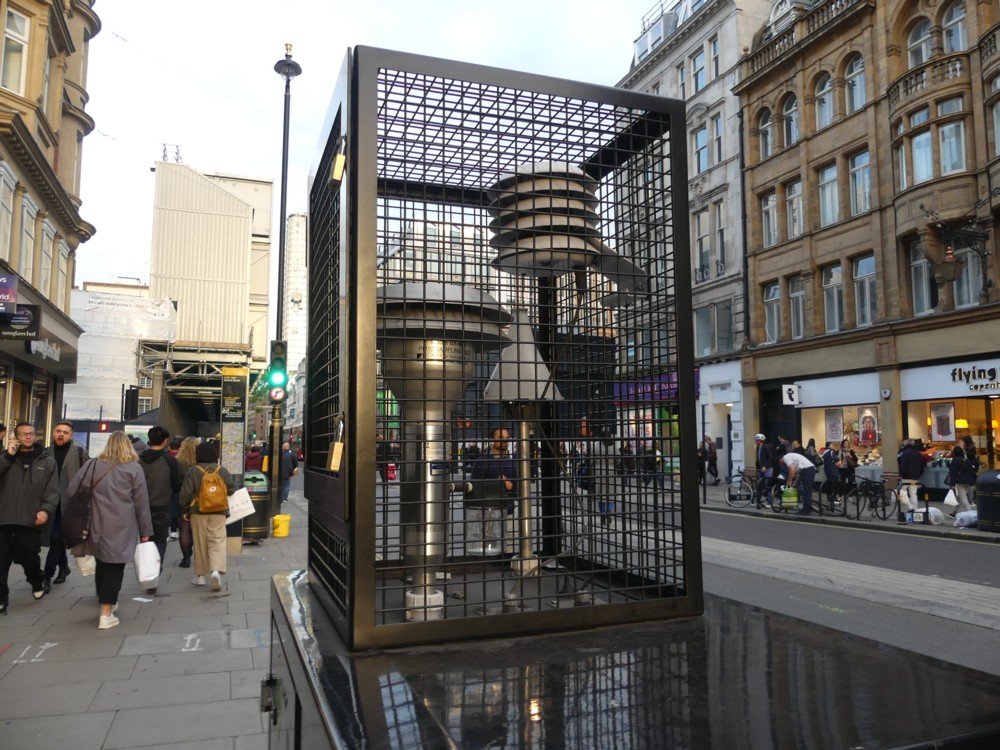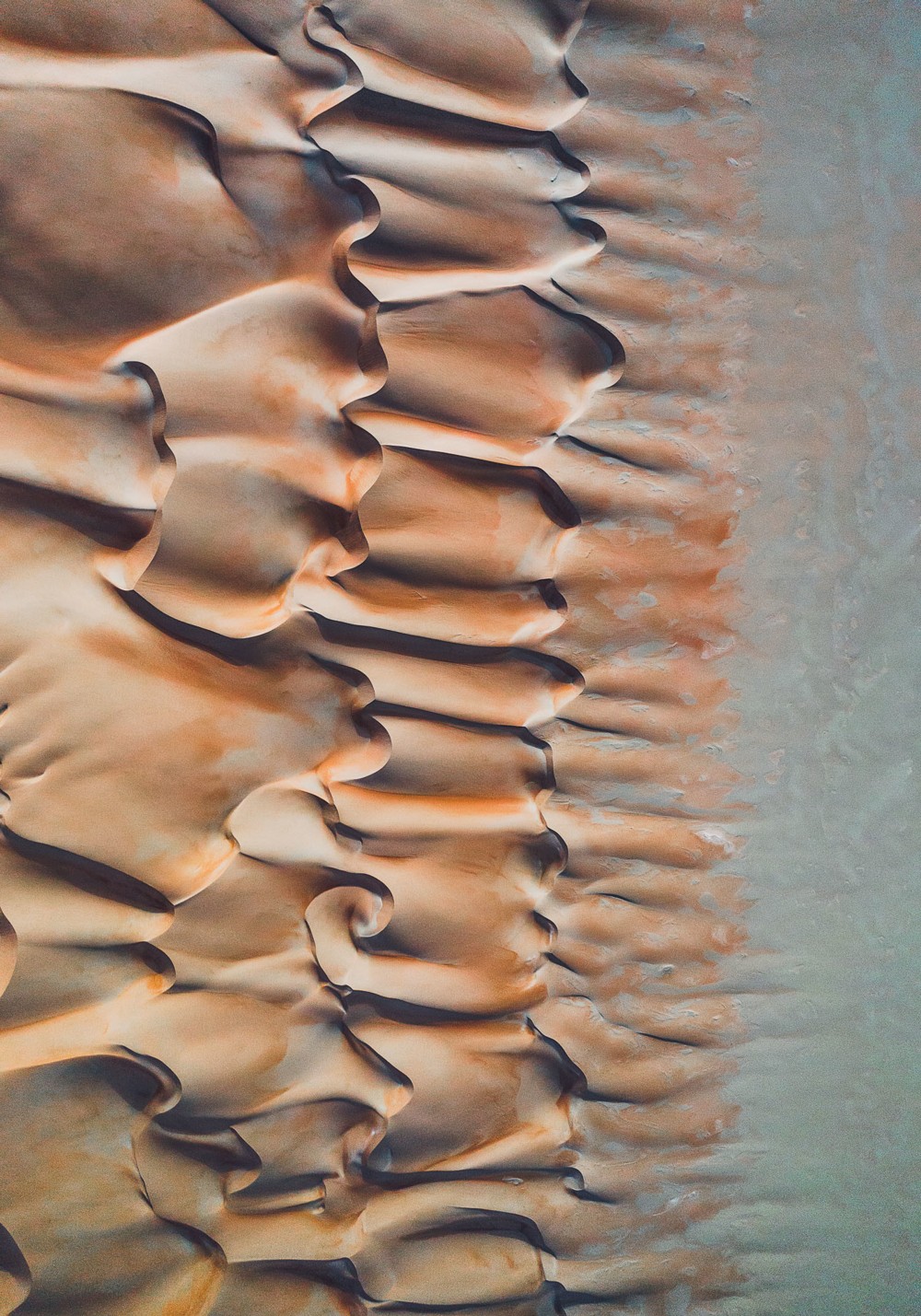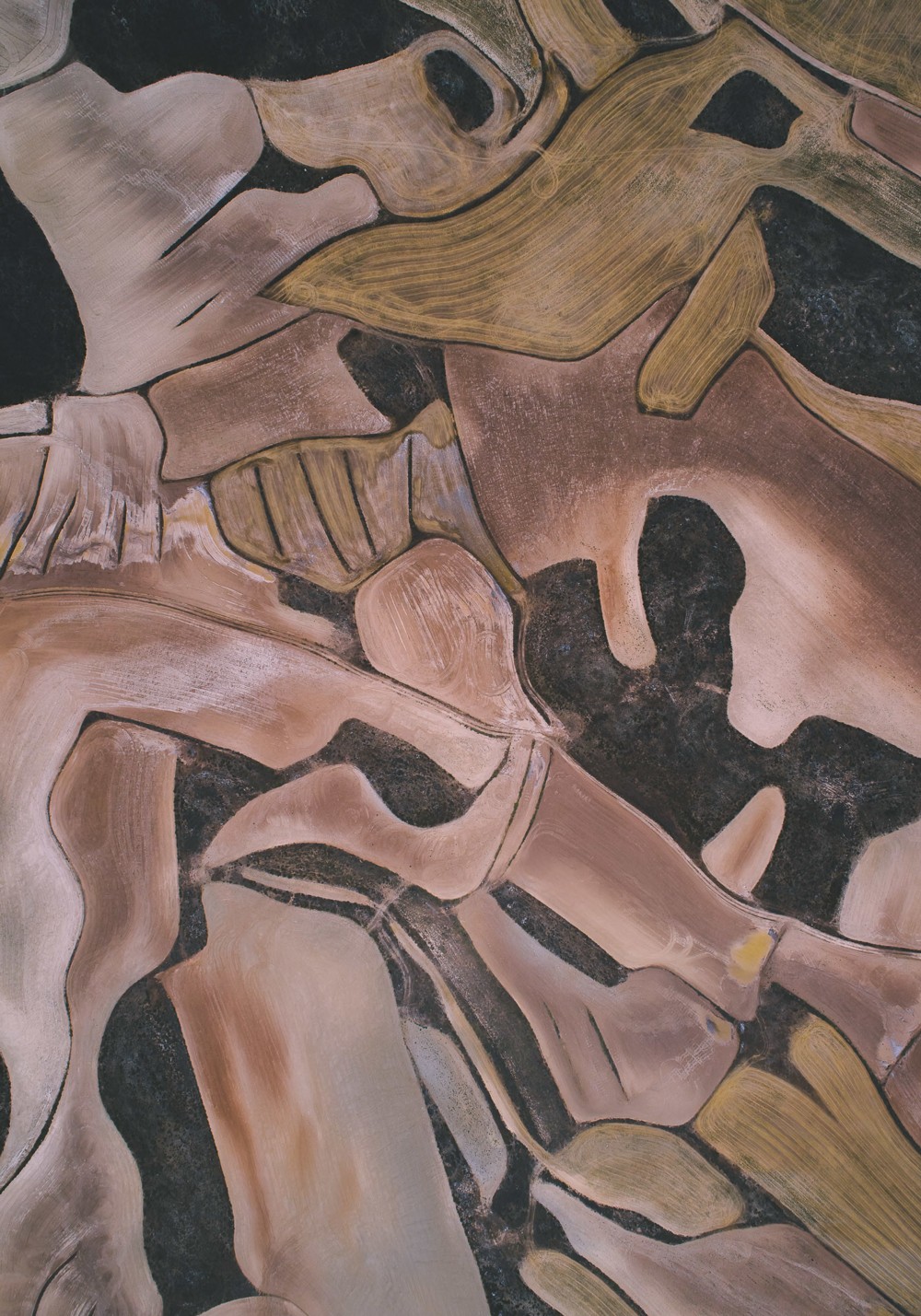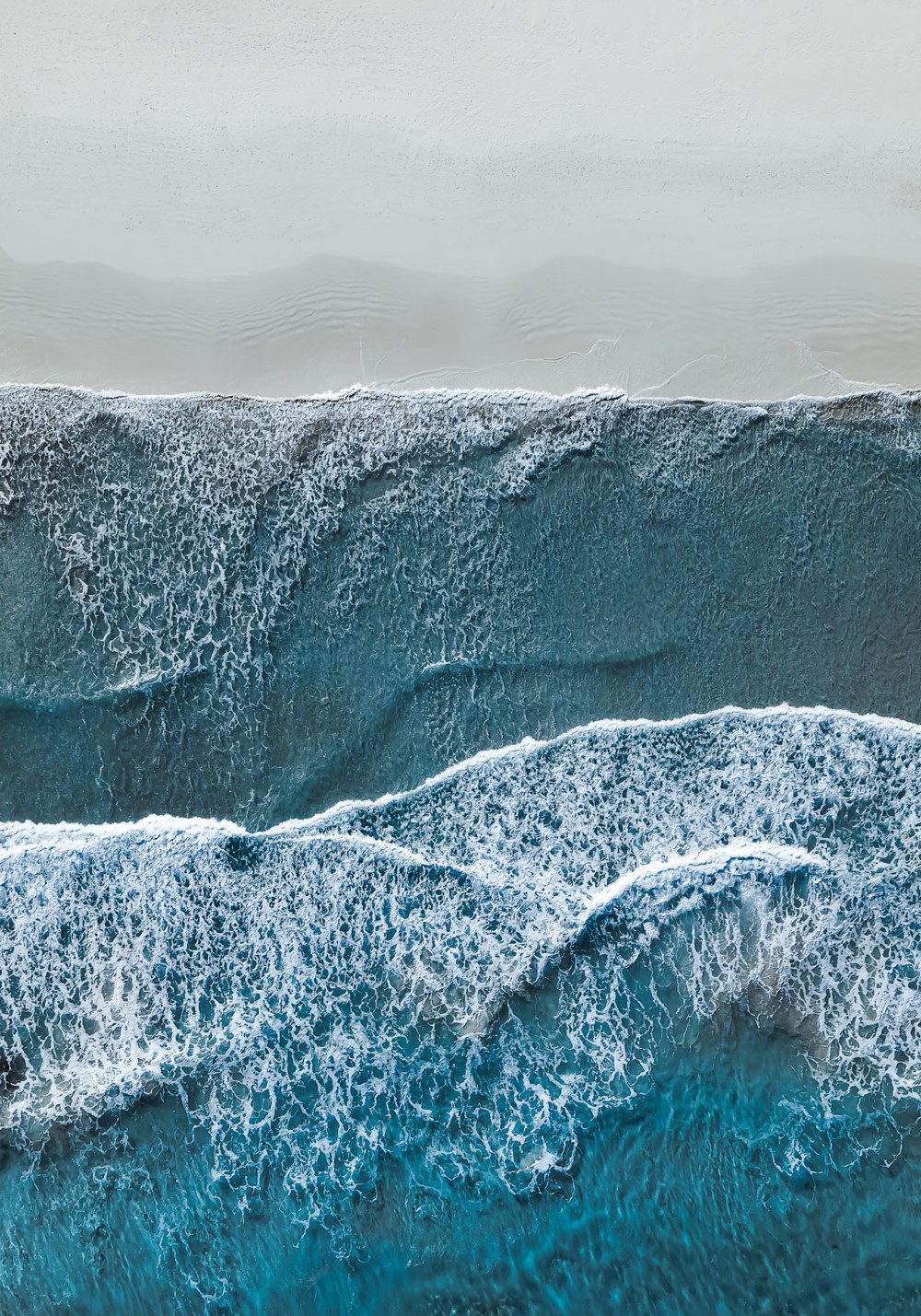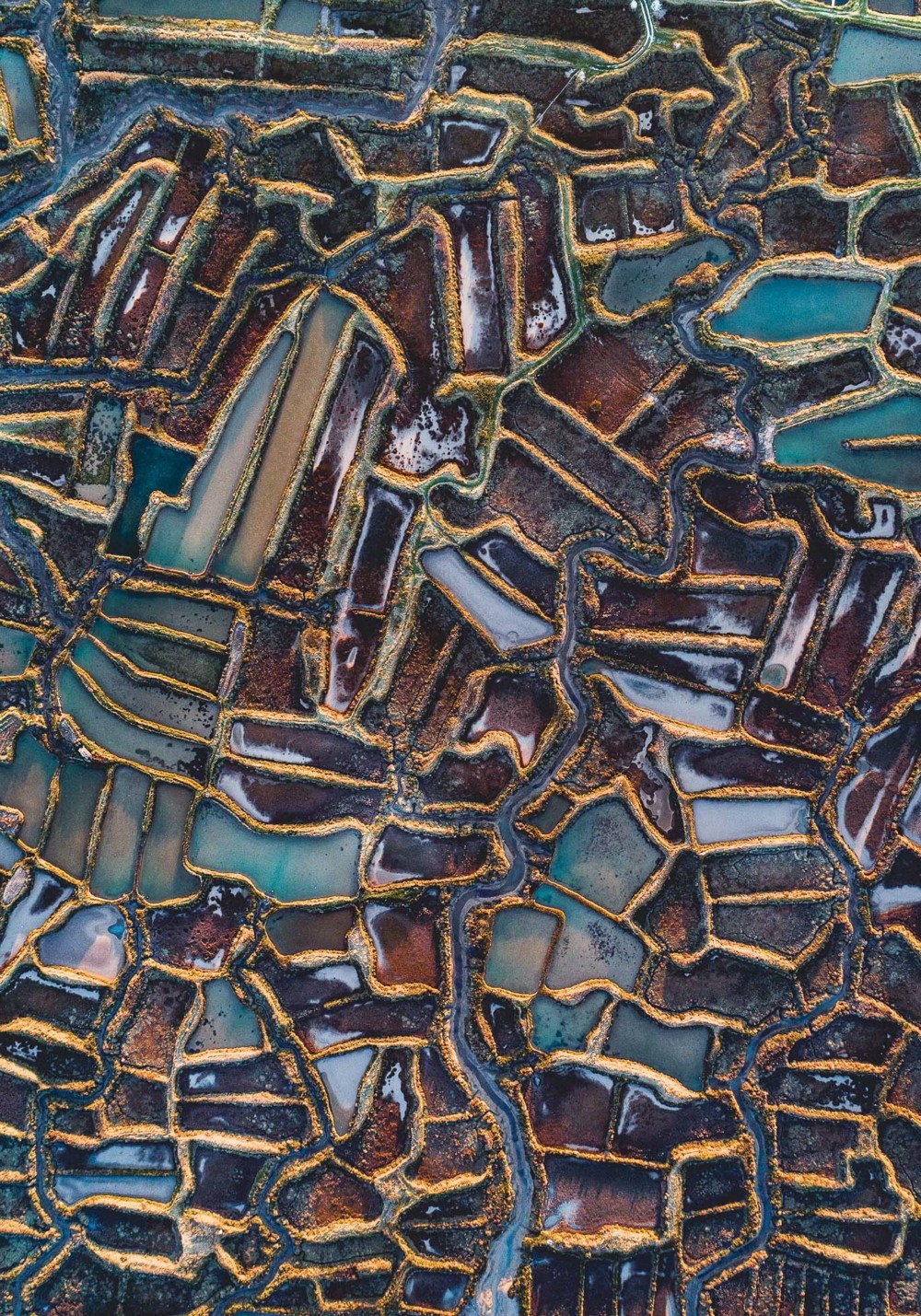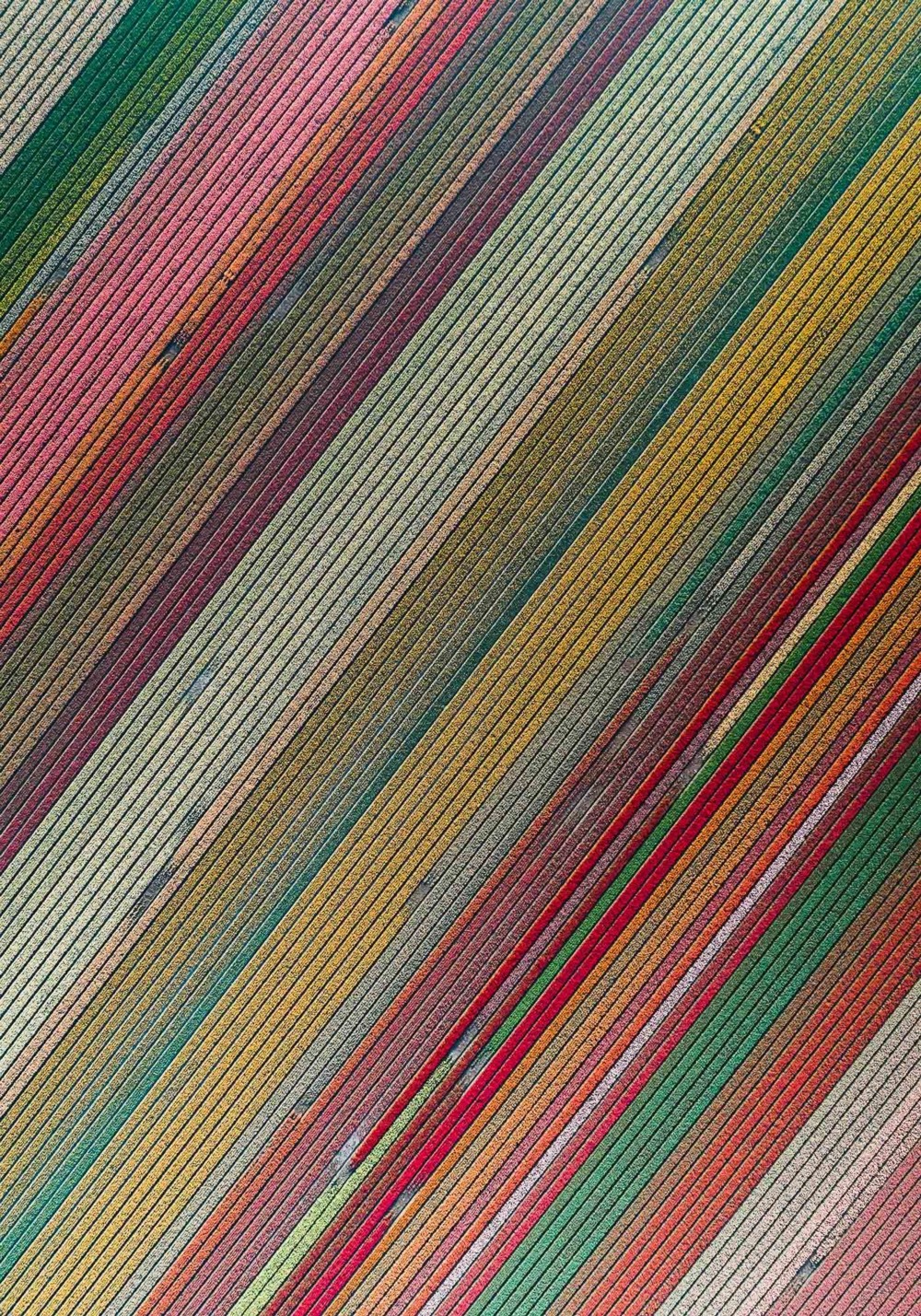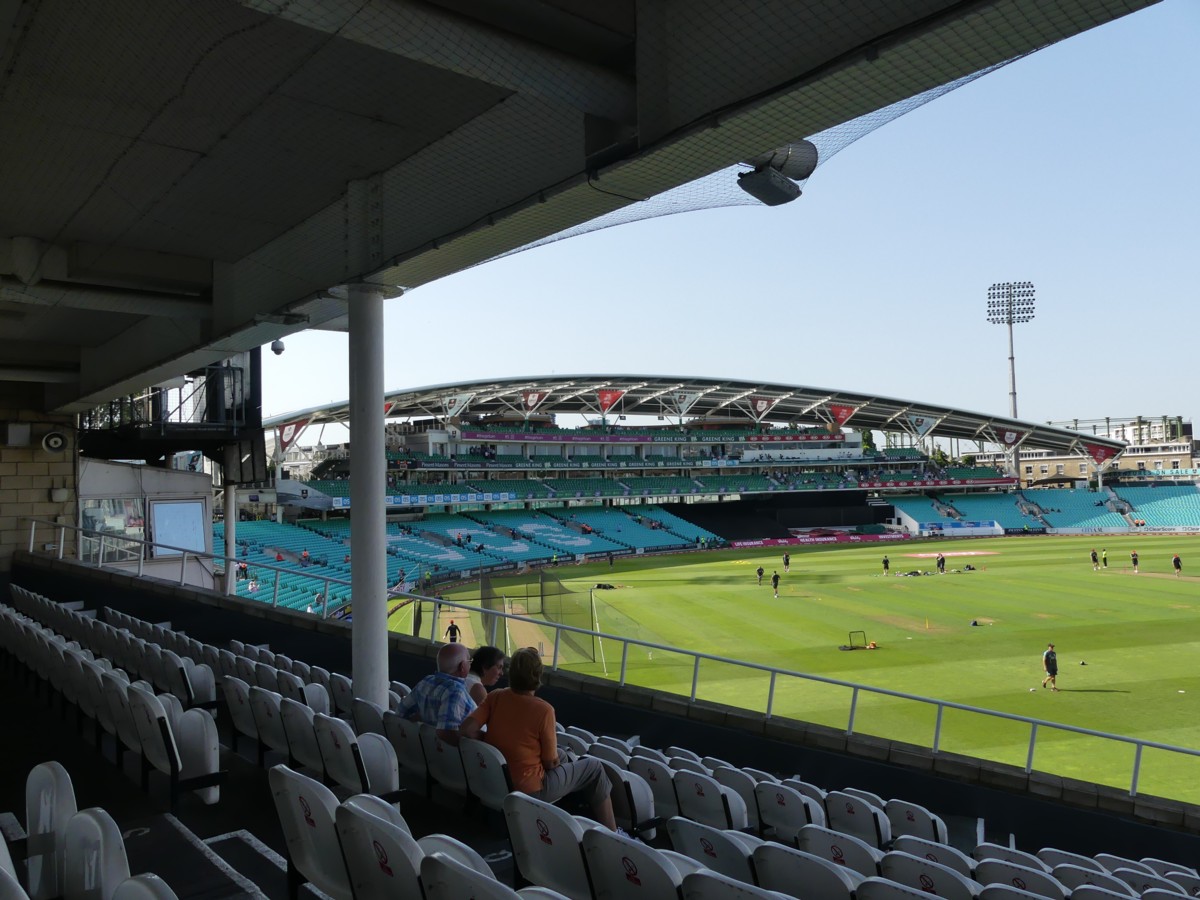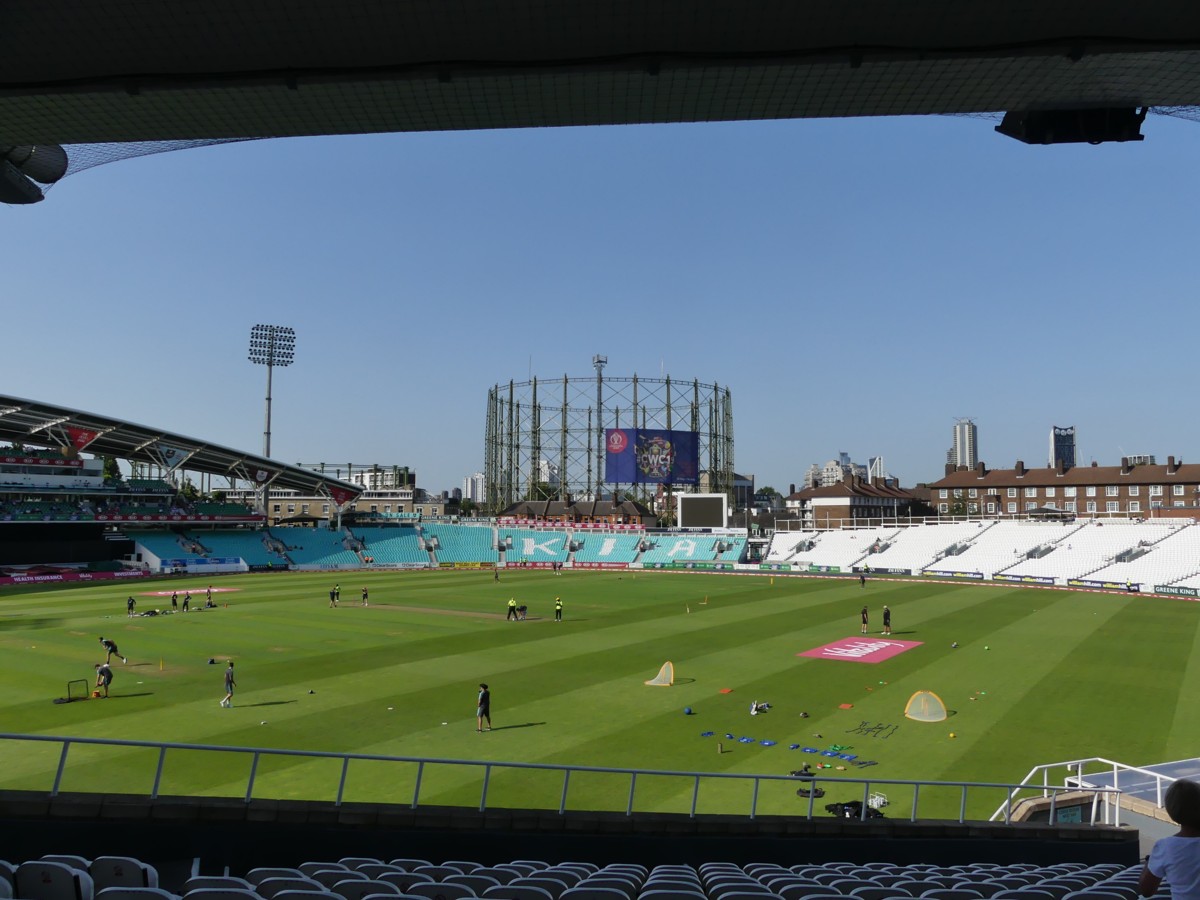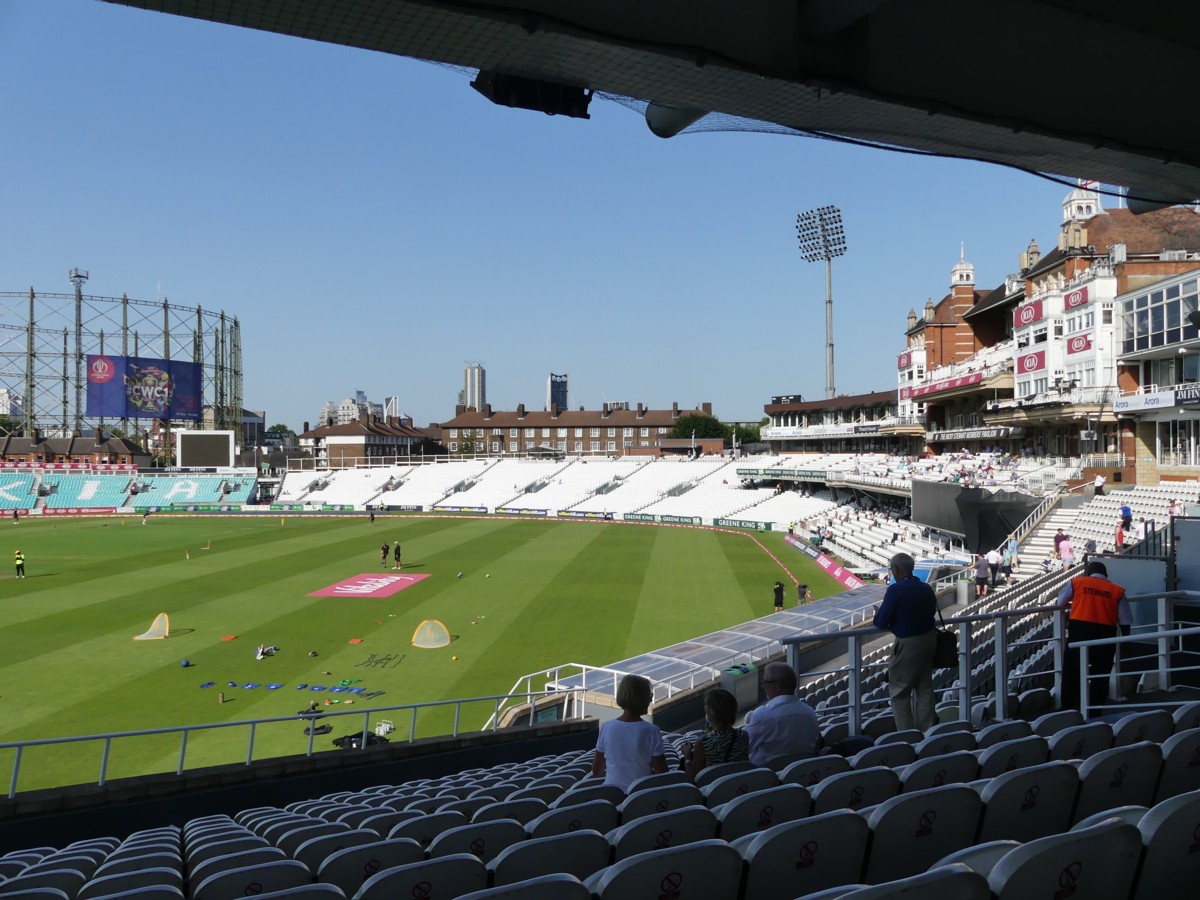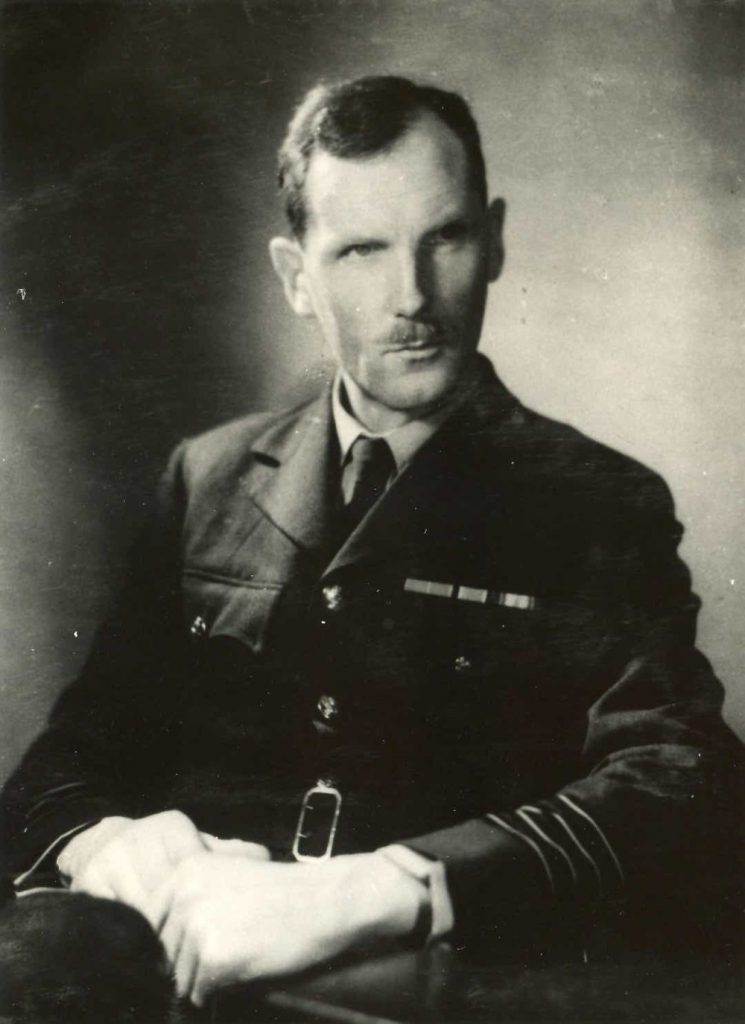The Nurture Only view being, in this case, the claim that all the differences in behaviour and attitude – with regard to such things as casual sex, attaching importance to physical sexual allure, and so on – between human males and human females are all caused by societal pressure.
Says SS-W (on page 90 of The Ape That Understood The Universe):
Arguably, though, the most persuasive argument against the Nurture Only view is that sex differences in sexual inclinations and choosiness can be found in many individuals who have no gender norms, no socialization, and little in the way of culture: that rather sizeable group, so often overlooked by psychologists, known as other animals. The differences aren’t found in all other species, but they are found in many, including most birds, mammals, and reptiles. And when we find the differences in other animals, evolution is the only reasonable explanation. Why should humans be different? It’s logically possible, of course, that the differences are products of evolution in squirrels, turkeys, and frogs, but of learning and culture in Homo sapiens. But it hardly seems likely. In other species, the differences appear when the ceiling number of offspring for males is higher than that for females. Humans meet this condition, and our species presumably evolved from earlier species that displayed the normal sex differences. As such, what the Nurture Only theory asks us to believe is that, in our lineage and ours alone, natural selection eliminated the normal sex differences, despite the fact that the selection pressure that initially created them was still operative. Why would it do that? It’s particularly perplexing given that, when we look around the world, we still find the sex differences that selection supposedly eliminated. Thus, the Nurture Only theory asks us to believe not only that selection eliminated the differences for reasons unknown, but that learning and culture then coincidentally reproduced exactly the same differences in every culture on record. This is not a compelling thesis. Cultural forces clearly influence people’s willingness to engage in casual sex, and to some extent their desire to do so as well. But the idea that culture creates these sex differences out of nothing not only clashes with the available evidence, it clashes with everything we know about how evolution works.
This comes in the middle of the chapter entitled “The SeXX/XY Animal”. Right at the beginning of this chapter, just below the subheading “An Academic Culture War”, appears this academic wisecrack:
“Everyone knows that men and women are different … except social scientists.”
Which doesn’t mean that everyone who knows that men and women are different also knows exactly what those differences consist of. And don’t consist of.
The “Other creatures” category at this blog usually means other creatures besides cats and kittens. But for this posting “Other creatures” means other creatures besides the particular creatures that are humans.


